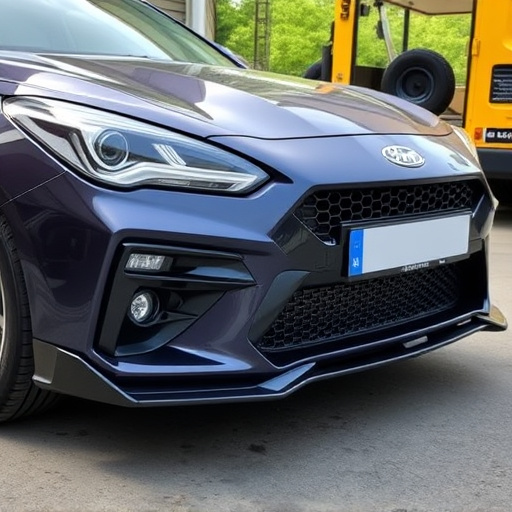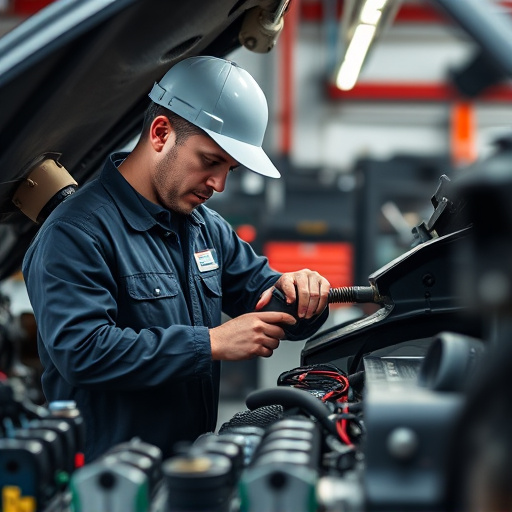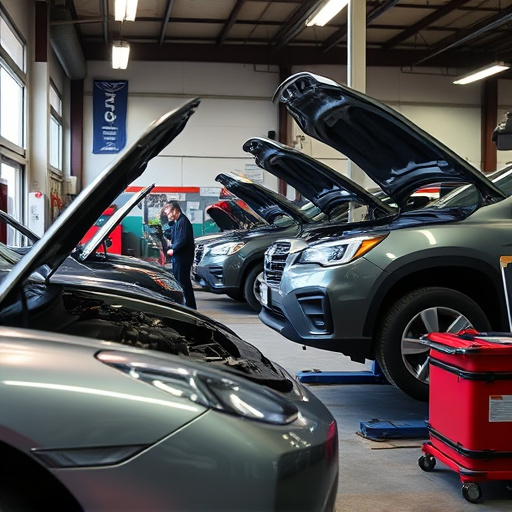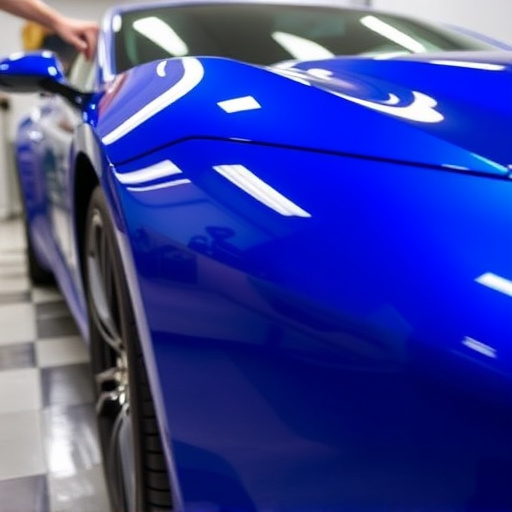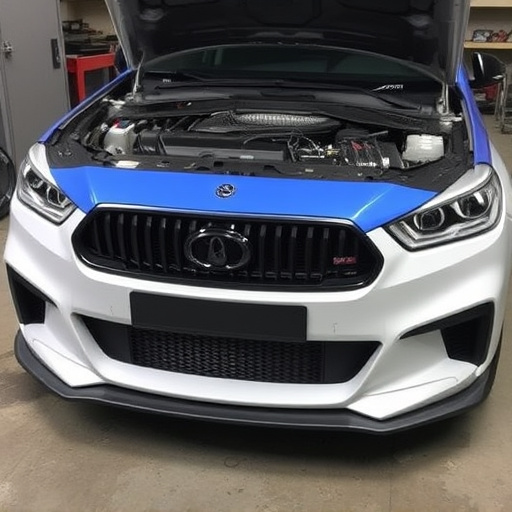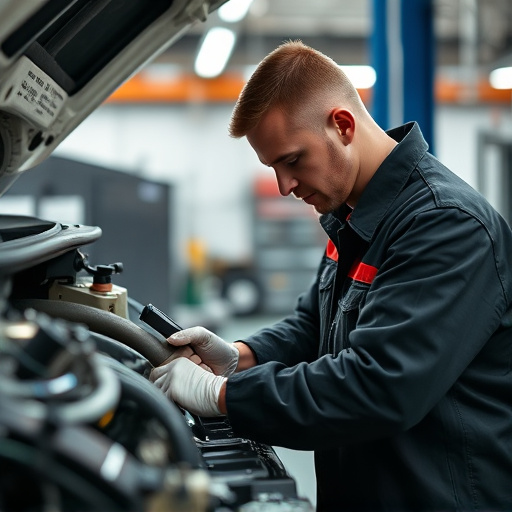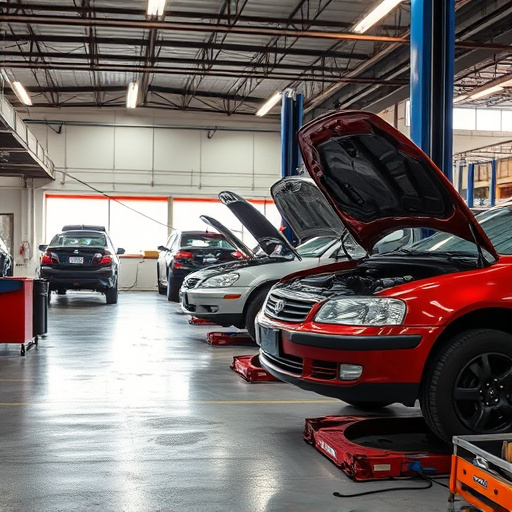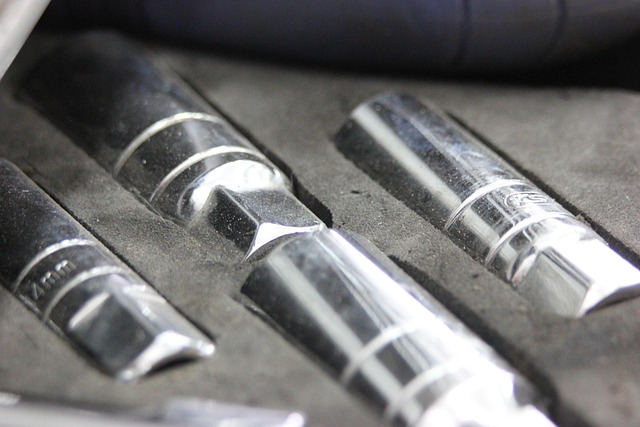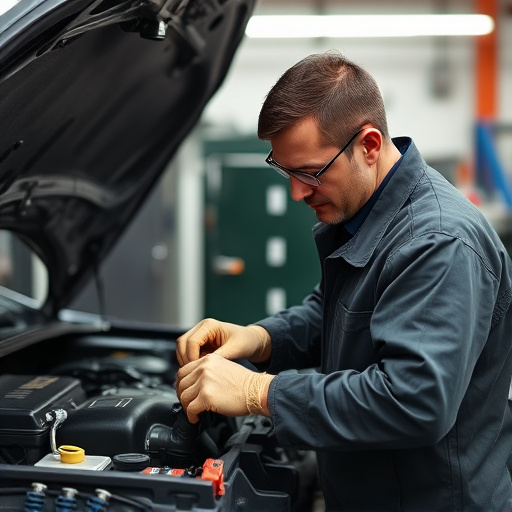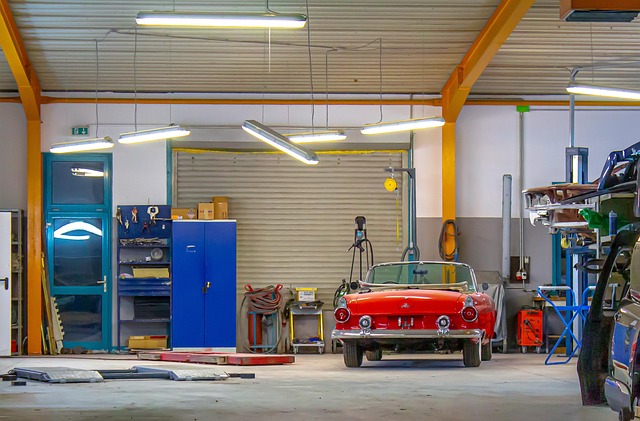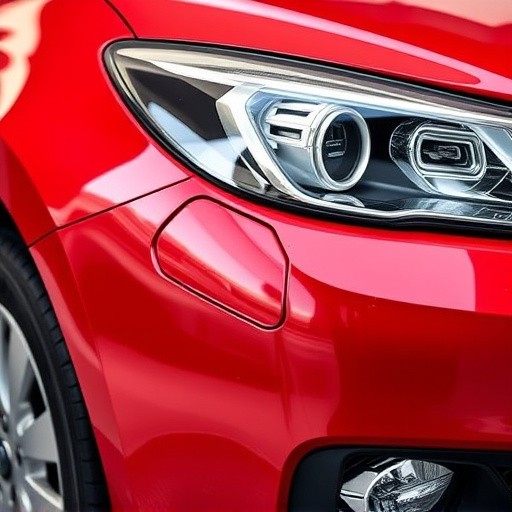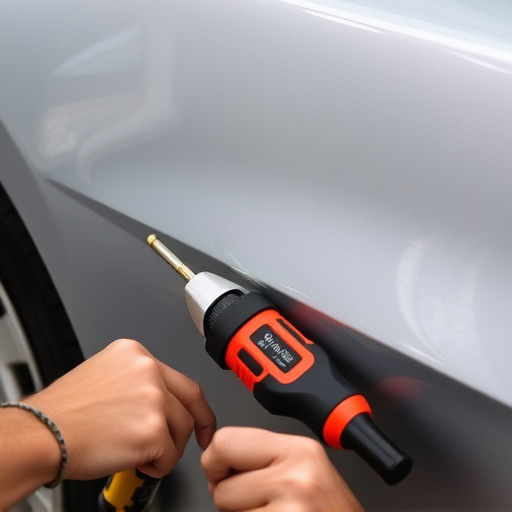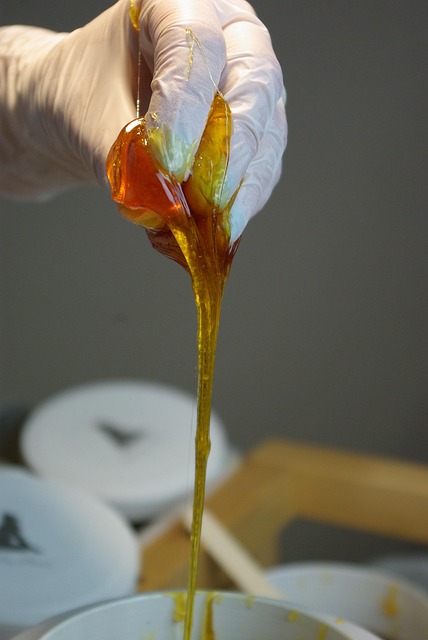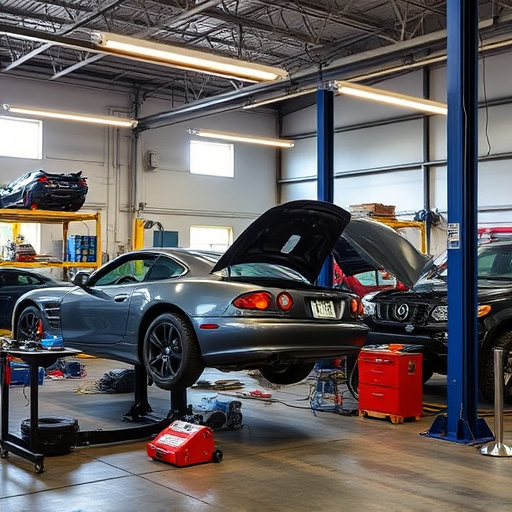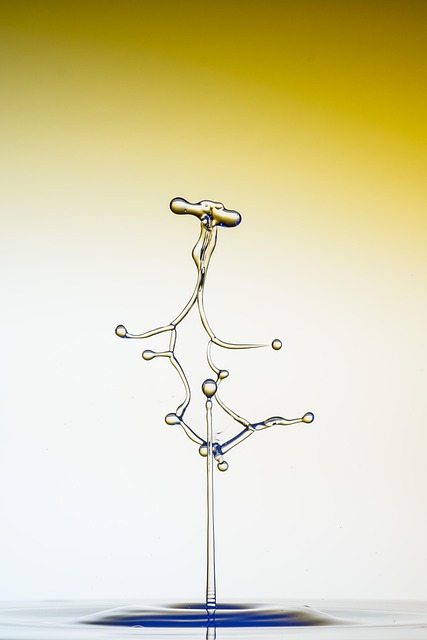Safety glass replacement is a vital collision repair service, restoring structural integrity and passenger protection in vehicles. Skilled technicians replace damaged laminated glass with precision-cut laminates, addressing visual and protective equivalence for enhanced safety and aesthetic appeal, particularly in high-end vehicles like Mercedes Benz. This meticulous process also applies to commercial and residential settings, prioritizing building strength, functionality, protection, and visibility, especially in windows, doors, and critical areas of the structural framework.
Safety glass replacement is an essential process that restores structural integrity to buildings, enhancing both safety and security. Understanding the role of safety glass in structures is crucial, as its impact on building stability is significant. Damaged glass can compromise the overall integrity, leading to potential hazards. This article explores these aspects, focusing on effective replacement techniques that ensure structures remain robust and secure. By delving into these methods, we highlight the importance of timely safety glass replacement for optimal building performance.
- Understanding Safety Glass and Its Role in Structures
- The Impact of Damaged Glass on Building Integrity
- Restoring Strength: Effective Replacement Techniques
Understanding Safety Glass and Its Role in Structures
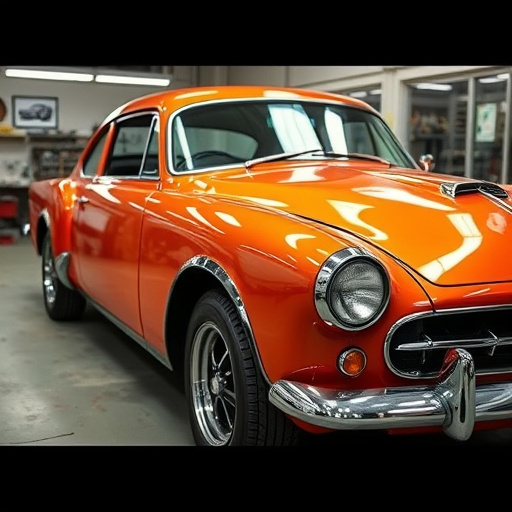
Safety glass, also known as laminated glass, plays a crucial role in maintaining the structural integrity of buildings and vehicles. This advanced material is designed to provide enhanced safety and protection against impact and breakage. When used in structures like car windshields or building facades, it acts as a critical barrier, preventing the spread of shattering effects and offering superior resistance compared to conventional glass.
In the context of car bodywork services, safety glass replacement is an essential aspect of collision repair. The process involves skilled technicians meticulously replacing damaged or cracked safety glass with high-quality, precision-cut laminates. This not only restores the structural soundness of the vehicle but also ensures driver and passenger safety during future journeys. By understanding the unique properties and significance of safety glass, professionals in collision repair can deliver top-notch services, enhancing both the functionality and safety features of cars.
The Impact of Damaged Glass on Building Integrity
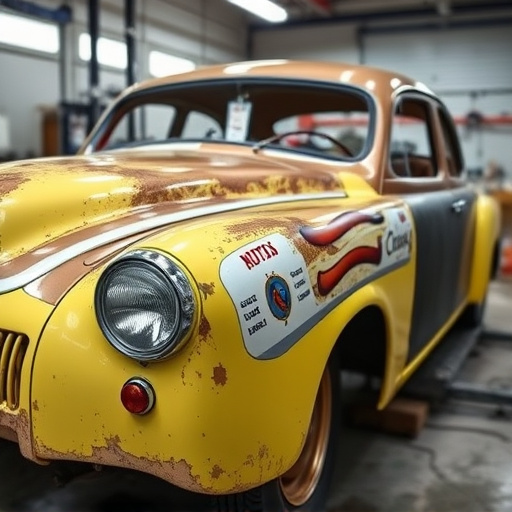
Damaged glass, be it from a break, crack, or impact event, can have a significant impact on a structure’s overall integrity. While it may seem like a minor issue, left unattended, even small glasses can compromise the building’s structural soundness. Safety glass replacement is not just about aesthetics; it’s a critical component of maintaining and restoring a building’s safety and stability.
In commercial or residential settings, auto body repair or collision repair centers often deal with these situations. A car body restoration process that includes safety glass replacement ensures that the structure returns to its original strength and functionality. This is particularly important for windows, doors, and other areas where glass plays a vital role in the building’s structural framework, offering both protection and visibility.
Restoring Strength: Effective Replacement Techniques

When it comes to restoring structural integrity after damage, safety glass replacement is a critical component often overlooked. Skilled technicians employ precise techniques to ensure that the new glass not only looks identical to the original but also provides the same robust protection. This involves carefully removing the damaged or broken glass, measuring the opening exacting, and selecting glass that matches both the size and optical properties of the original.
Effective safety glass replacement goes beyond simple installation. It requires an understanding of the vehicle’s structure and frame to ensure proper alignment and fitment. For instance, in high-end vehicles like Mercedes Benz, meticulous attention is paid to detail during auto body repairs to maintain the car’s aesthetic appeal and structural integrity. Similarly, car paint repair techniques are often integrated into the replacement process to achieve a seamless finish that blends with the existing paint job.
Safety glass replacement is not just about enhancing aesthetics; it’s a critical step in maintaining structural integrity. By understanding the role of safety glass and implementing effective replacement techniques, building owners can mitigate risks associated with damaged glass, ensuring the safety and stability of their structures. This process plays a vital role in preserving the overall value and functionality of buildings, making it an essential consideration for any property maintenance plan.
